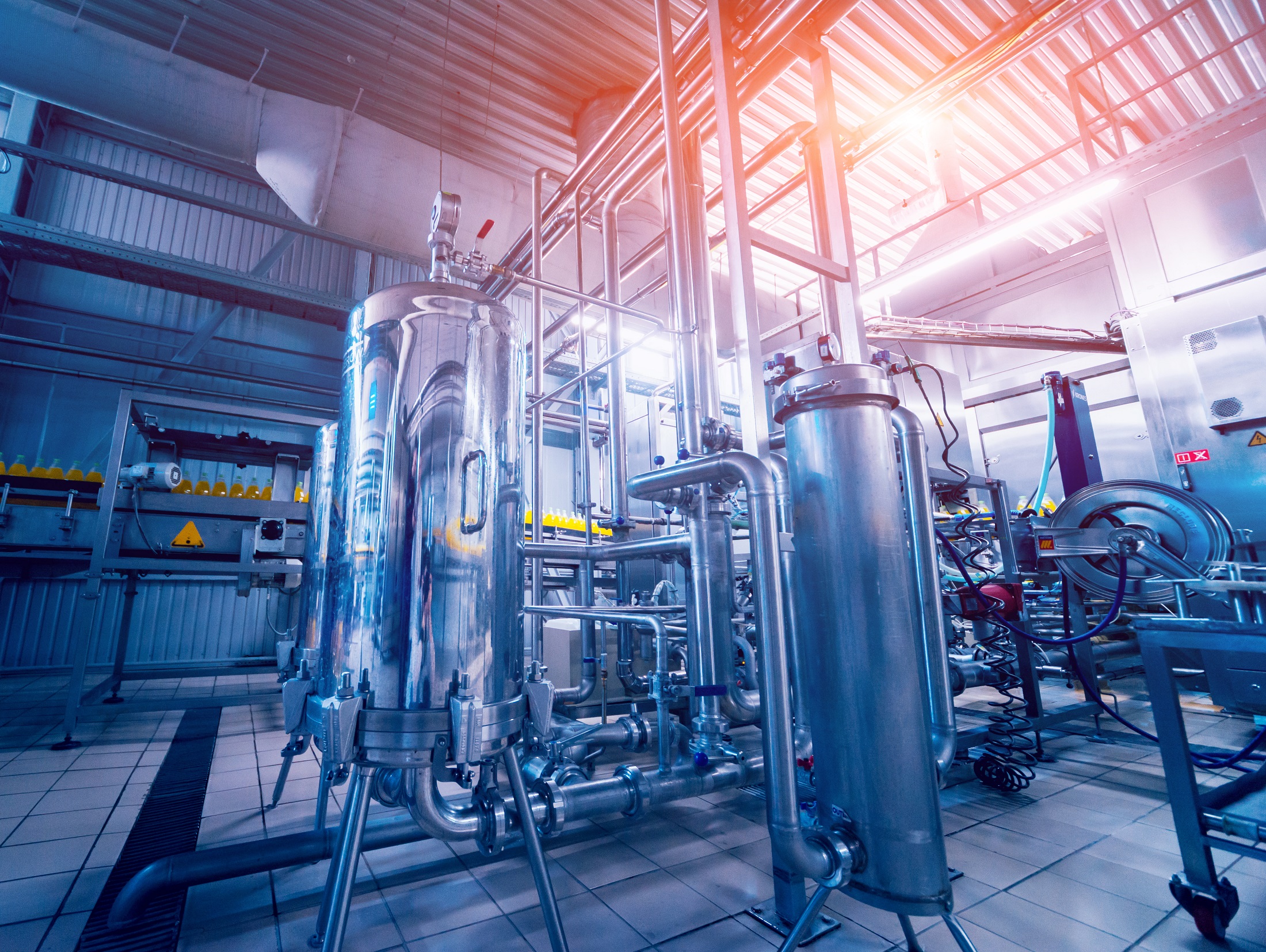In the demanding world of pharmaceutical manufacturing and biotechnology, sterile filtration is an essential component for both liquids and gases. Although it may seem like just one step in the entire production process, it plays a critical role in ensuring the safety and effectiveness of products. In this blog, we will delve deeper into what sterile filtration of liquids entails, why it is an indispensable step, and how the process works.
What is sterile filtration?
Sterile filtration is the process of removing microorganisms from liquids without compromising the integrity or quality of the product. A filter can only be called 'sterile' if it can retain 10^7 CFU/cm² of Brevundimonas diminuta under strictly controlled conditions. This high-performance level guarantees the reliability of the filtration processes we use.
The evolution of filters
The transition from 0.45 μm to 0.22 μm filters says a lot about our technological progress. In the 1960s, 0.45 μm filters were sufficient, but insights from Dr. Frances Bowman at the US-FDA led us to realize that a smaller pore size was necessary. This resulted in the broader application of 0.22 μm filters, which are now the industry standard.
Essential considerations
Material Compatibility:
- Chemical Compatibility: It's important that filter materials resist the liquid to prevent degradation.
- Sterilization Compatibility: Filters must maintain their integrity during sterilization processes.
- Adsorption: Minimize adsorption to filter materials to reduce the loss of active ingredients.
Retention:
Choose the correct micron size, such as 0.45 or 0.22 μm, for maximum effectiveness.
Flow Rate:
Can be predicted using flow/dP data, crucial for process optimization.
Capacity:
Understanding how flow/dP behaves during the process helps ensure consistent and efficient filtration.
Step-by-step filtration process
- Preparation of the liquid: Start by determining the microbial load and ensure it is as low as possible. If higher than NMT 10 CFU/100 ml, use a bioburden-reducing filter to lower the load.
- Bioburden-Reducing Filtration: Use a bioburden-reducing filter to bring the microbial load to an acceptable level before sterile filtration takes place.
- Sterile filtration: Run the liquid through a 0.22 μm sterile filter. The filter is considered sterile if it can retain 10^7 cfu/cm² of Brevundimonas diminuta ATCC 19146.
- Integrity tests: Perform tests on the sterile filters to confirm reliability and efficiency. Both redundant and serial sterilization filters undergo these tests to maintain the highest quality standards.
- Redundant or serial filtration techniques:
- Redundant Filtration: Use a secondary, backup filtration system in case the first system fails.
- Serial Filtration: Use two consecutive sterile filters for extra protection, with both filters undergoing integrity tests. - Storage and use: Ensure proper storage to prevent recontamination and validate the integrity of used filters.
Why is sterile filtration so important?
Sterile filtration is not just a process step; it is a promise to both producers and consumers that their products are safe and reliable. It ensures that essential medicines and vaccines reach their destinations without compromise. By continually innovating and improving our filtration methods, we meet the stringent standards demanded by the modern pharmaceutical industry. At a time when safety and hygiene are paramount, sterile filtration remains indispensable for protecting health and safety for everyone.
Sterile filtration is not just a step in the production process; it is a fundamental pillar ensuring that medicines and other critical products are safe and effective. By using the right technologies and materials, producers can ensure their products meet the highest standards of purity and safety.
For more information about sterile filtration or if you have questions about our extensive range, click the button below and contact us!

